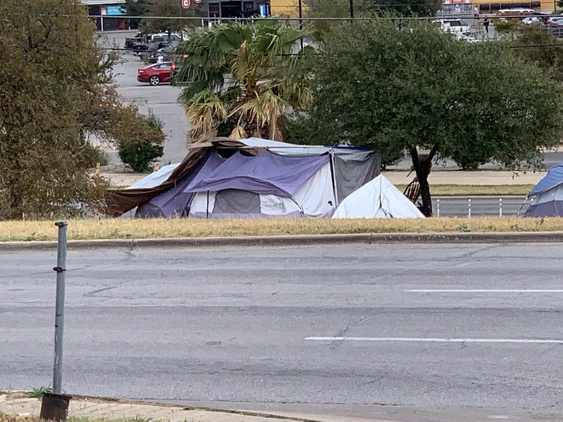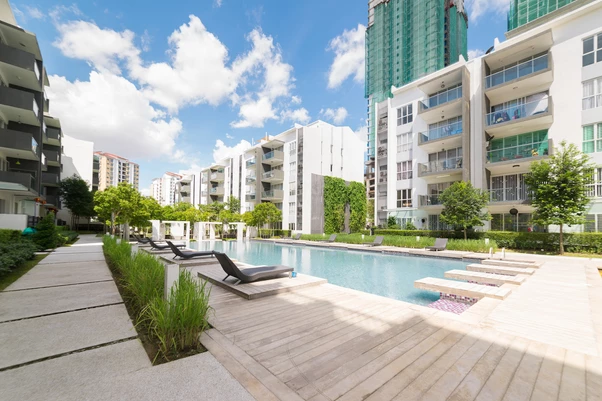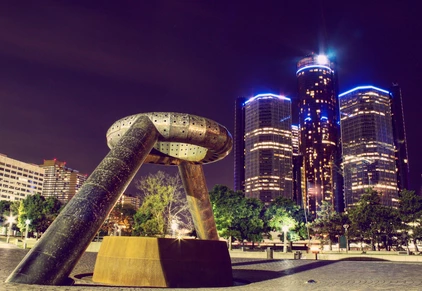Update on COVID’s Effect on Office Space
- After almost a year of the coronavirus pandemic in the US, we take a look to see how how it is affecting the office space market.
- The US as a whole and, Texas specifically, has seen a large increase in the amount of space available to sublease.
- It’s likely too early to tell if this is a permanent trend or the market will rebound.
It’s hard to believe, but we are about a month and a half away from being a year into dealing with the coronavirus pandemic here in the US. Worldwide, we are already well over a year. Obviously there are a lot of terrible results of the pandemic. But this is a commercial real estate blog, so now, almost a year in, I want to go back and look at some of our hypotheses from the start of the pandemic.
Specifically, today I want to look at the effect COVID has had on the office market. In the last year, there have been a lot of different theories – often giving the exact opposite hypothesis. If you look back in this blog, you can probably find me advocating both sides of the coin – I tend to do that depending on the week.
But it’s an interesting question, and COVID presents a number of competing pressures on the office market. For example, lots of companies are working from home and having success – so will that be some of the norm going forward? On the flip side, will people want to be more spread out, in individual offices, inside an office footprint? That would require additional space. So what is the latest? Let’s look.
Sublease Space Has Increased Significantly
The Dallas Morning News published an article last week that spurred my thinking about this issue. According to that article, DFW currently has about 9 million square feet of office space available for sublease. This has exploded over the last year. At this time last year, there was approximately 6.2 million square feet of space available.
Similarly, last November, the Austin American Statesman reported that there was approximately 3.2 million square feet of office space available for sublease in Austin. This was a huge increase from last year, at this time – when there was approximately 1.1 million square feet.
And if this kind of increase in office space is happening in Texas, where companies are moving every day, you can bet it’s a trend nationwide. In December, there were approximately 163 million square feet of office space available to sublease in the US. By comparison, in 2009 during the height of the Great Recession, there was approximately 137 million square feet available for sublease.
So What Does That All Mean?
If you’ve read my blog or met me, you know how I will answer that question. I’m a lawyer – there’s only one answer – it depends.
I think on some level it’s still too early to tell. We do not know yet if this is a permanent move away from office space, or a temporary dip in demand due to the worst financial environment in 75 years.
It’s possible that companies have learned to work remotely and that will lead to a permanent reduction in the demand for office space. Or it’s possible that this is a normal, expected reaction from a terrible economy that we are still in the middle of. And as we start to recover and come out of this recession, that available sublease space will get eaten up at good rates. It’s probably still too soon to really tell what the overall result will be.
So what does that mean for the future for office investors and developers? Well, it depends.
Update on COVID’s Effect on Office Space Read More »




